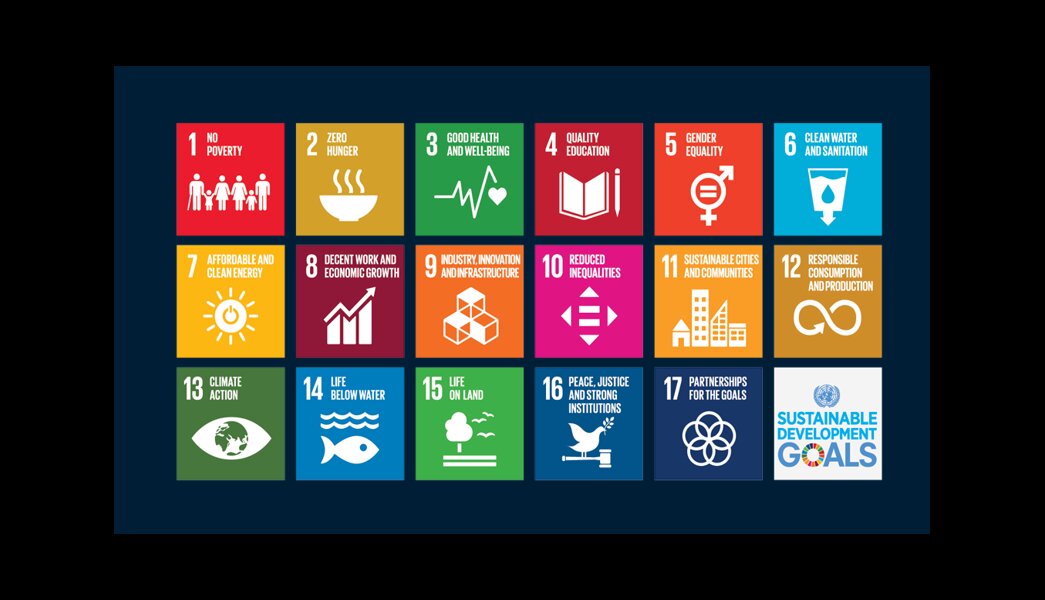Kerstin Jungmann
Head of Digital Wealth Channel Zeedin

The term "ESG" has become established as the standard of sustainable investments. These three letters describe three sustainability-related areas of responsibility of companies: E "Environment" for environment, S "Social" for social and G "Governance" for corporate management.

There are many different definitions for the term "sustainability". One of the most common definitions states that sustainability is development that ensures that future generations are no worse off in terms of meeting their needs than current generations. Our economic models were developed in an age when natural resources were abundant and carbon emissions were limited. These models did not take environmental concerns into account, only labor and capital.

Nor does finance theory take into account the value of natural resources beyond their short-term present value. Potential depletion of resources and all associated (adverse) externalities are disregarded. These models are (still) widely used to this day, but are no longer tenable. We are currently in a transition phase to a low-carbon and more circular economy, which should enable us to cope with ecological challenges.
The three most important legislative initiatives
The Markets in Financial Instruments Directive (MiFID II) came into force in January 2018. Its main objectives are to strengthen investor protection and improve the efficiency and transparency of financial markets. The EU has introduced the concept of "sustainability preferences", which will apply from 02 August 2022. With this change, a basis has been created to ensure the systematic and uniform consideration of sustainability factors in investments. In the future, firms providing investment advisory and portfolio management services must consider the sustainability preferences of their clients in addition to their knowledge as well as their experience, financial situation and investment objectives. In this context, the question arises as to what constitutes a sustainable investment in the sense of the underlying regulatory requirements and which products are suitable for this purpose.
The main objective of the Disclosure Regulation is to reduce information asymmetries with regard to the consideration of sustainability risks and adverse sustainability impacts by obliging financial market participants and financial advisors to provide pre-contractual information and ongoing disclosures to investors. This is intended to ensure information transparency and comparability for end investors. Increased transparency will enable investors to direct their capital into truly sustainable investments, thus preventing them from financing investments that are marketed as "sustainable" but actually are not ("greenwashing"). These objectives can only be achieved if specific sustainability disclosure requirements are imposed on financial market participants and financial advisors in the EU, covering a broad range of sustainability at both financial service provider and financial product levels.
The EU Taxonomy is a tool under development that introduces a new, common and science-based classification tool. With clear guidelines on activities that can contribute to environmental objectives, it aims to provide investors with an information aid on which investments finance environmentally sustainable economic activities. Further guidance on activities that contribute to other sustainability goals, including social goals, will follow at a later date. Companies will thus have to indicate the extent to which their economic activities are in line with the EU taxonomy, which will allow investors to make more informed decisions on sustainability.

The UN's Sustainable Development Goals (SDGs) emerged from the 2015 Paris Climate Agreement. Three years ago, the EU Commission expanded the SDGs to include specific sustainability goals for the financial sector with its "Financing Sustainable Growth" action plan. This pursues environmental and social goals: Which are intended to close the gap between your needs as a customer and the product characteristics in asset management.
Thank you for yor request. We will contact you.
An error occurred. Check the marked fields please.
An error occurred. Check the marked fields please.
Private & Corporate Banking > Digital Wealth Management (Zeedin) > Sustainability